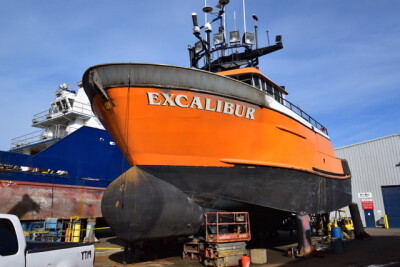Now the shuffling begins at Alaska fisheries offices around the state as the effects from the state's veto volleys become more clear.
For the commercial fisheries division of the Alaska Department of Fish and Game, an $85 million budget, about half of which is from state general funds, reflects a $997,000 dollar cut for FY 2020. Where and how the cuts will play out across Alaska’s far-flung coastal regions is now being decided by fishery managers.
“Now that the salmon season is about over, we’re taking a good close look at this and what we’re going to put in the water next season. We’ve been assured we can look at our commfish budget in total and reduce the lowest priority projects,” said Doug Vincent-Lang, department commissioner.
Some layoffs are likely, and vacancies and retiree positions may not be filled to save money, he added.
“We’ll be consolidating different groups across the state in an effort to keep as much as we can going that is mission critical in terms of work out in the field. Because the less information we have, the more precautionary we’ll become in our management,” he said.
Gov. Mike Dunleavy’s vetoes for commercial fisheries included $258,000 for surveys and stock assessment in Southeast, $240,000 in Southcentral, $300,000 from the AYK region, and $200,000 from the Westward Region.
A possible list includes doing fewer or shorter surveys on Bering Sea juvenile king salmon, and relying on fewer weir or sonar trackings for sockeyes at the Susitna River drainage. Test line fisheries at Cook Inlet might be shortened, and Tanner crab surveys at Prince William Sound could get the ax. Salmon weirs at Kodiak and Chignik may be reduced, along with various groundfish stock assessment projects.
Also cut by 50 percent were state travel funds for the Alaska Seafood Marketing Institute and all ADF&G divisions, except for members of advisory committees to the boards of Fisheries and Game.
“The AC travel appropriation was not vetoed with credit to the governor for seeing the value of the local citizens involvement,” said Rick Green, special assistant to the commissioner. “I’m told it will be tight, but we think we can still manage the meetings.”
The funding for directors of the state habitat and subsistence divisions (about $400,000) was rolled into the Office of Management and Budget, but their functions remain under the ADF&G.
Vincent-Lang said he opted to not fill those positions and instead make the two divisions into “sections” to be able to retain more staff.
“I probably would have lost two permitters out of habitat and two staff members that go out and conduct community surveys in the subsistence division just to have a director in those roles,” he explained. “There are deputy operations managers for each of those new sections. The one for habitat reports to deputy commissioner Ben Mulligan and the subsistence section reports directly to me. The functions of subsistence and habitat remain at ADF&G.”







